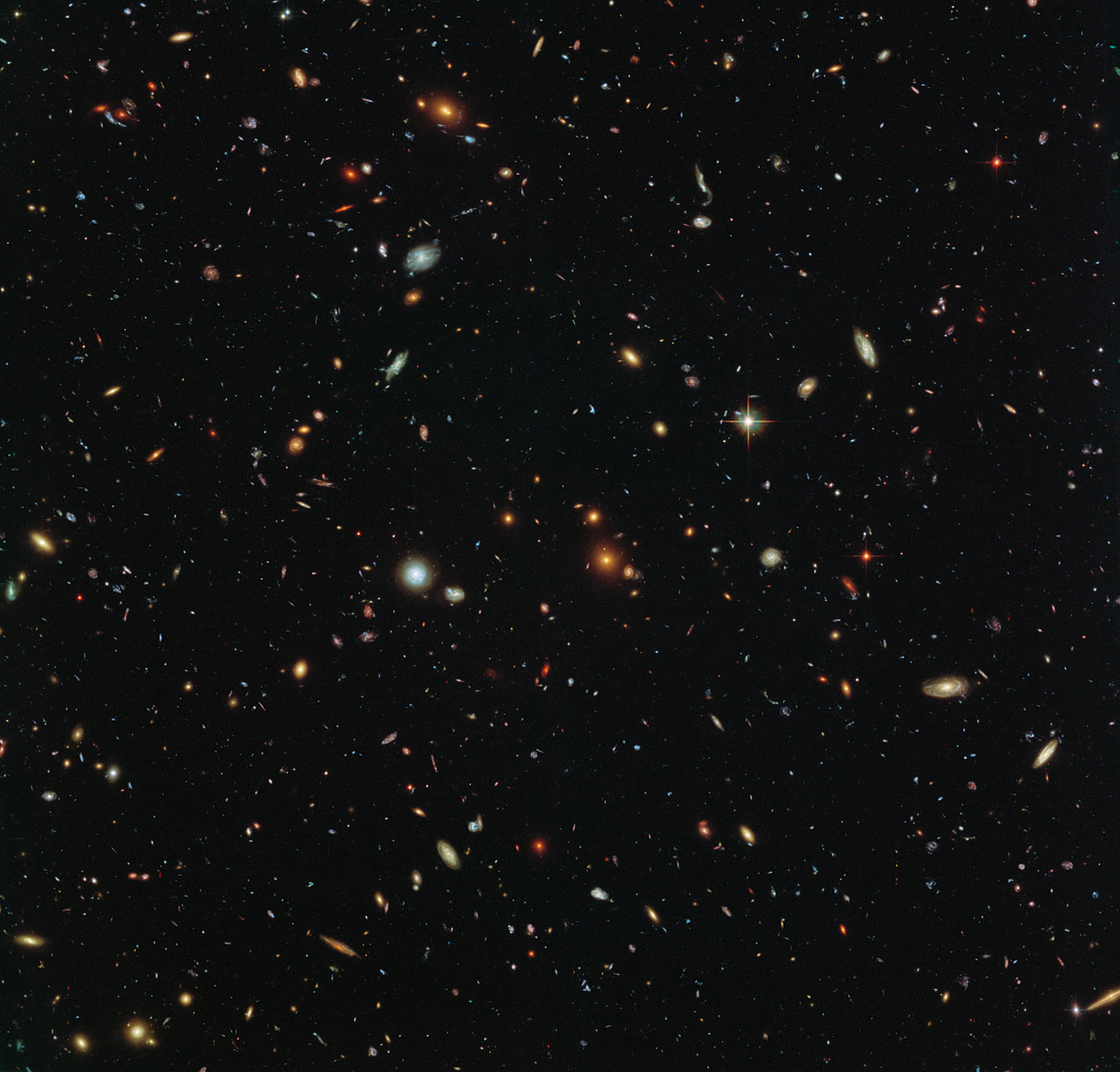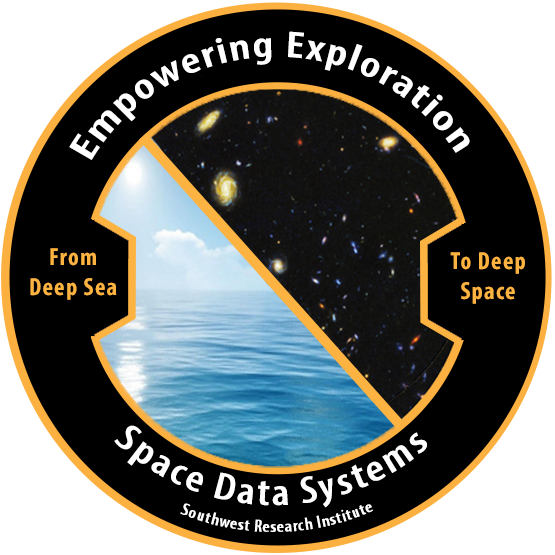

About Space Data Systems
Empowering Exploration
From Deep Sea to Deep Space
Space Data Systems empowers exploration by creating capable, sustainable software using proven technologies and effective software engineering processes in a people-focused work environment. SDS develops software for NASA, the European Space Agency, and related organizations, and is appraised at Capability Maturity Model Integration (CMMI) Maturity Level 2 for CMMI for Development v2.0.
 - CMMI - Capability Level - 2-KO.png)

Southwest Research Institute
About SWRI
We are R&D problem solvers providing independent, premier services to government and industry clients. Our multi-disciplinary nature allows us to rapidly assemble diverse teams to tackle problems from multiple directions. We push the boundaries of science and technology to develop innovative solutions that advance the state of the art and improve human health and safety. Operating as a nonprofit since our 1947 inception, we work in the public’s best interest and toward the betterment of humanity. And as a contract R&D organization, we are here when you need us.
Space Science and Engineering Division - As a recognized leader in space science research and spacecraft instrumentation, avionics, and electronics, we are helping to reveal the secrets of our solar system and the universe. SwRI was the principal investigator institution for the highly successful IMAGE mission and now leads the New Horizons mission to Pluto, the Interstellar Boundary Explorer (IBEX), and the Juno mission to Jupiter, as well as the Magnetospheric Multiscale Mission (MMS) science investigation. SwRI-developed instruments have flown, are flying, or are under development for flight on a number of NASA and European Space Agency missions, while SwRI-developed avionics systems have flown without a single on-orbit failure on more than 50 government and commercial missions.
Space Science Directorate - Our space research activities focus principally on understanding the behavior of electrically charged particles (plasmas) and electromagnetic fields at the Sun, in planetary magnetospheres and interplanetary space, and at the heliosphere’s interface with the local interstellar medium. Our program extends from the Sun to the very edge of the solar system, where the outflow of electrically charged particles from the Sun (the solar wind) encounters the local interstellar medium.
Space Data Systems Segment - Our SDS software systems use a CMMI-2-designed software engineering process that focuses on applying the right level of software engineering process based on the class of software being developed. This includes customer involvement in key areas of the software engineering process and appropriate, scaled, automated testing, to ensure customers get the product they’re looking for. Additionally, SDS focuses on open-source software languages and tools to minimize cost and maximize software maintainability, supportability and longevity. Finally, the SDS organization continues to monitor and integrate new software technologies and software engineering processes as they reach acceptable levels of maturity to ensure customer data systems are functional, effective and easy-to-use. Our space data systems technical strengths range from full-up web-application and database systems at the Science Operations Center (SOC) level, to integrated telemetry pipeline software for space-science instruments on National Aeronautics and Space Administration (NASA) and European Space Agency (ESA) robotic exploration missions, to custom web, command-line, MS Windows or Unix applications specified by the customer. Core Technical Strengths include: Science Operations Centers, Science Data Planning, Analysis and Pipeline Systems Project Management Systems, Integrated, Project-based Manufacturing Systems, Planetary Data System (PDS) compliant systems, Calibration Support Systems, and Other custom application on demand.


